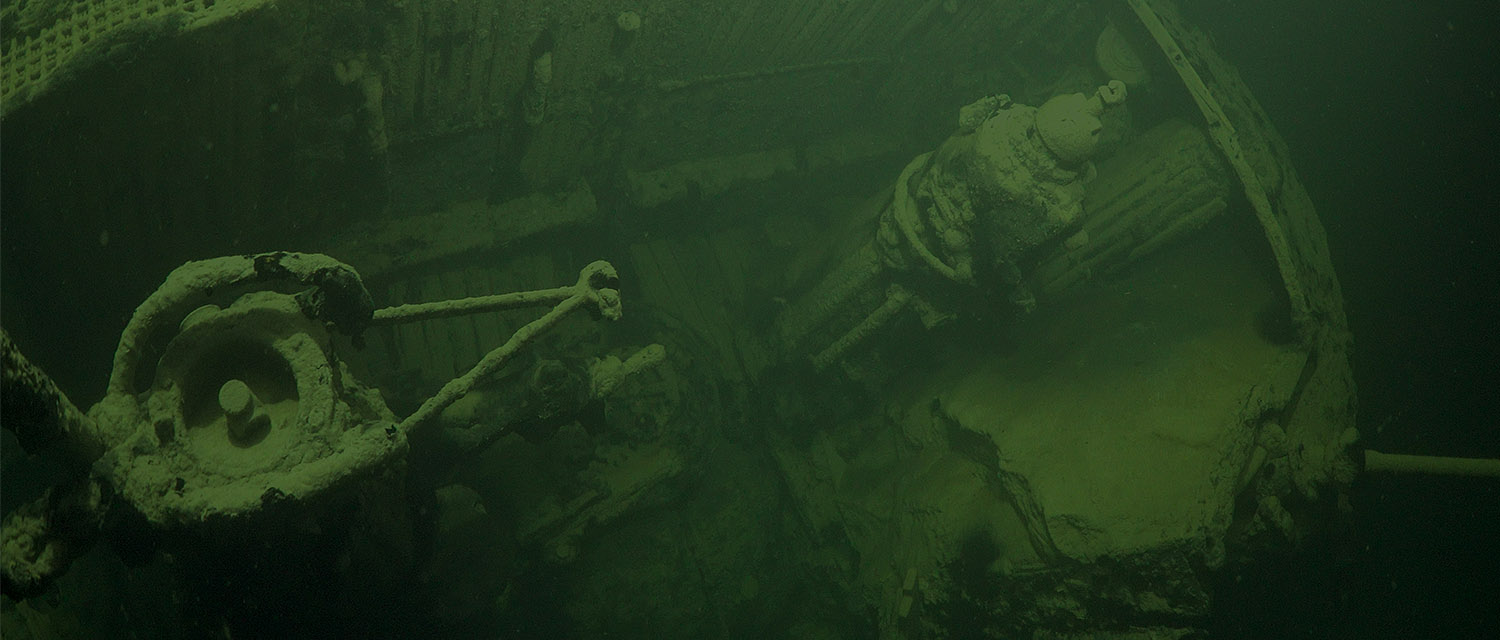The explosion must have been powerful. The water came gushing in, filling nearly every space in the submarine. Shocked and stunned crew members were swept away by the waves and got stuck in piles of shot and in narrow hatch openings. The blast and rapid rise in pressure left many unconscious before they drowned in the waters that engulfed the submarine.
This scenario might have happened when the U-479 and its crew met their ultimate fate in 1944. The last contact with the submarine was at 17:28 on 15 November. A radio report noted that they had earlier in the day sighted two patrol boats in the area. The submarine then disappeared virtually without a trace. After numerous unsuccessful contact attempts over the following month, all of the crew who died were reported.
In the war diary that the commander on board kept during the U-479’s mission earlier that year, he describes the young, almost completely inexperienced crew. He himself had never before been on a submarine voyage. He also describes several unsuccessful attempts to sink and attack vessels, and how the submarine is then forced into submersion mode while depth charges are being dropped.
In 2013, a German submarine was found off Odensholm in Estonia. It lay on its starboard side at a depth of more than 90 metres. The hull near the conning tower shows severe damage, possibly caused by a mine. The submarine was identified as a U-479.
The course of events should have been swift, as the submarine was likely in submersion mode at the time of the explosion. All the hatches are still closed, and the crew likely remains in their steel coffin.


